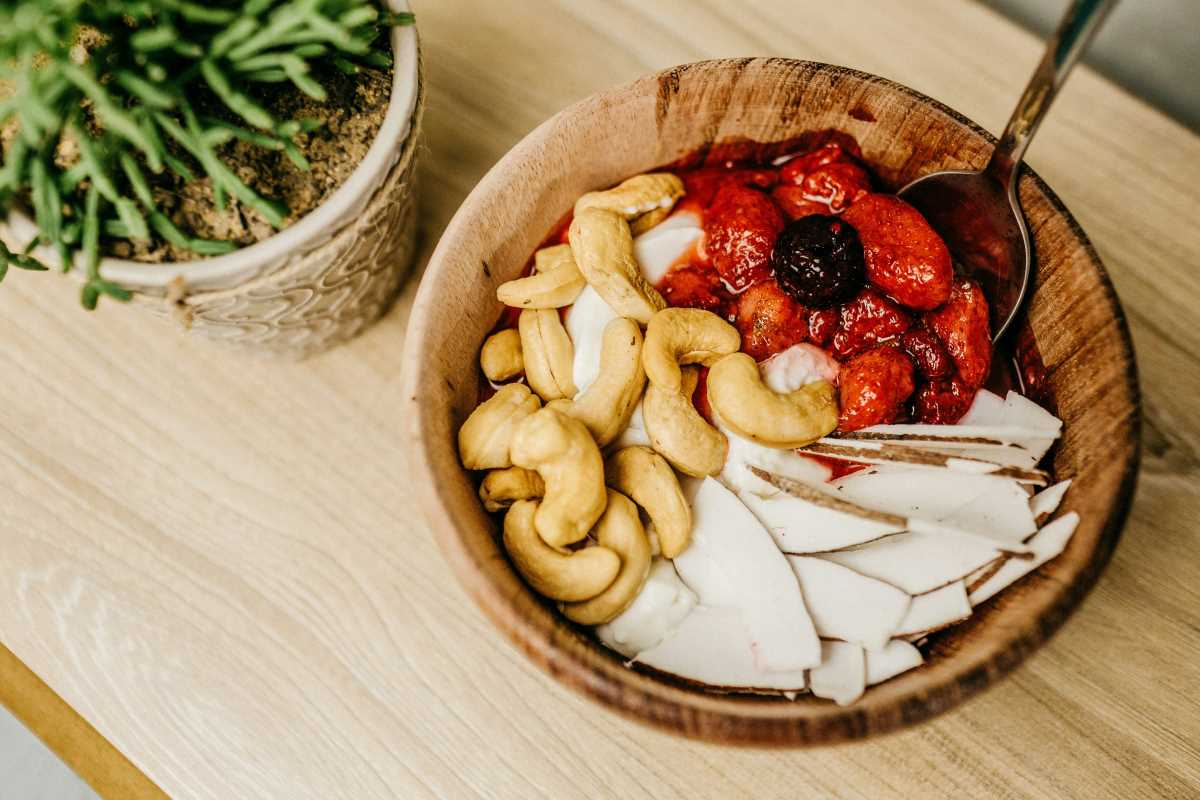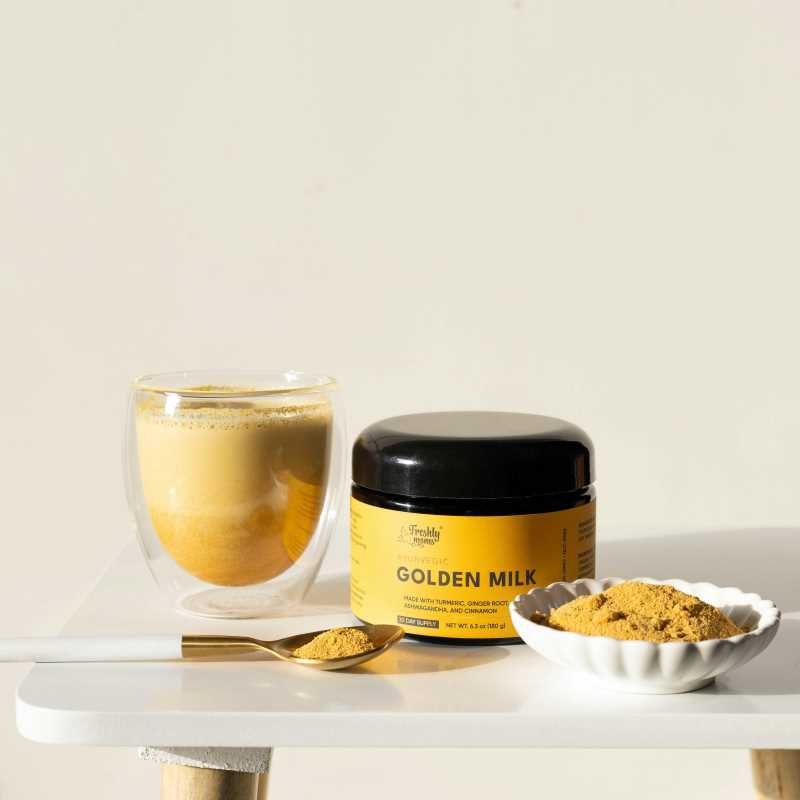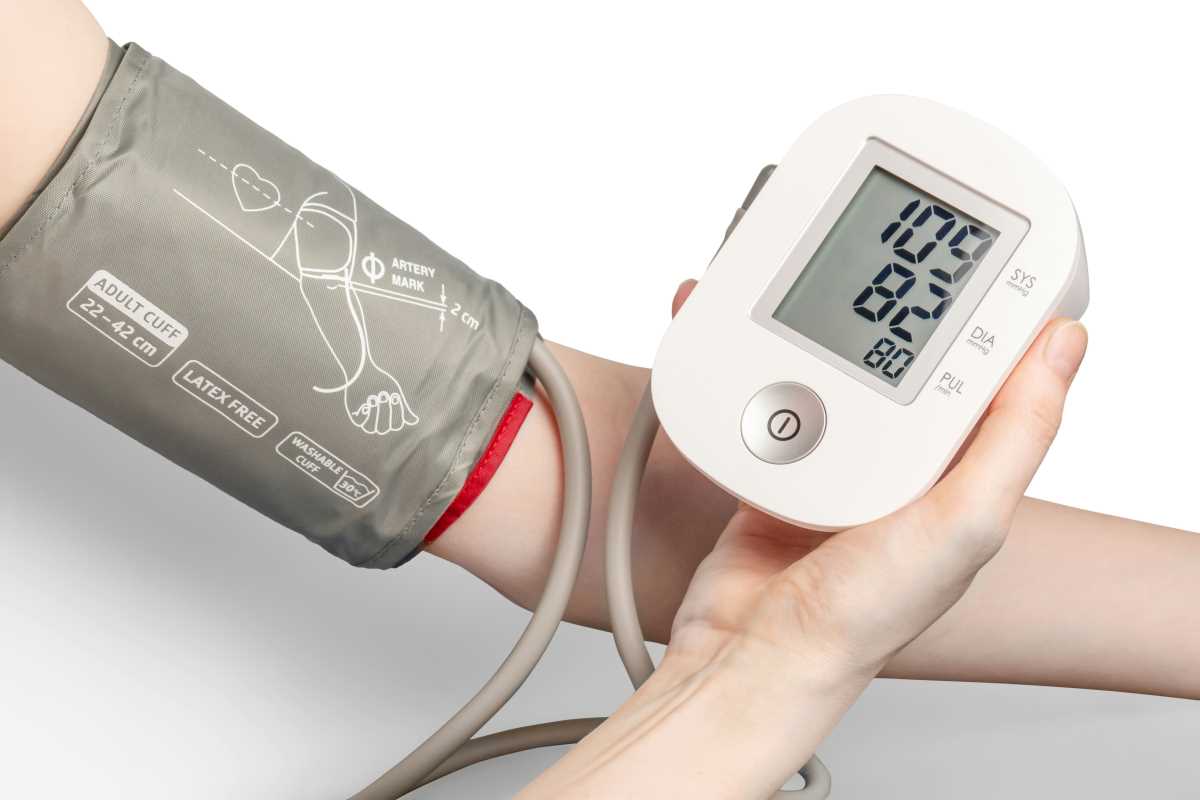Cholesterol often gets a bad rap, but your body actually needs it to function. The problem arises when the scales tip too far in the wrong direction, and those LDL levels (the “bad cholesterol”) start inviting trouble for your arteries and heart. While medication can be effective, no one’s exactly thrilled about a daily pill bottle. The good news? A few simple lifestyle tweaks can help you tame cholesterol naturally and reclaim control over your health. From what’s on your plate to how you move your body, here’s how to lower cholesterol while keeping life delicious, active, and anything but boring.
Revamping Your Plate
What you eat is directly tied to your cholesterol levels, and that’s both the challenge and the opportunity. The first step is saying goodbye to trans fats, which are like the villain in many processed foods. Think margarine, packaged baked goods, and sadly, some deep-fried treats. Replace these with healthier fats like those found in avocados, nuts, and olive oil.
Your plate’s new best friend? Soluble fiber. Foods like oats, beans, lentils, and fruits with the skin on (hello, apples and pears) act like little sponges, soaking up cholesterol before it gets to hang out in your bloodstream. Toss some chia seeds into your morning yogurt or swap out white rice for barley, and bam, dietary win!
Another heavy-hitter for lowering cholesterol is plant sterols and stanols. These compounds, found in fortified foods like some orange juices and spreads, block your body from even absorbing cholesterol. Pair that fortified orange juice with a whole-grain waffle, and you’ve got an LDL-fighting breakfast.
And last but not least, limit those saturated fats. Red meat and full-fat dairy can be tasty, sure, but lean proteins like chicken, fish, and plant-based options do your arteries far more favors. Grill up a salmon filet rich in omega-3s, and you’ll be well on your way to healthier numbers.
Here are a few swaps you can try:
- Replace your morning pastry with oatmeal topped with berries and almonds.
- Make lunchtime sandwiches with whole-grain bread and pile on the veggies.
- Snack on carrots and hummus instead of chips.
Eating well doesn’t mean sacrificing flavor; it just means swapping troublesome ingredients for heart-boosting alternatives.
Getting That Body Moving
You don’t have to turn into a gym rat, but getting your body into motion is one of the best ways to keep cholesterol in check. Exercise revs up your metabolism, reduces LDL, and boosts HDL (the “good cholesterol”). Plus, an active lifestyle can help you shed extra pounds, which is a win for your heart and joints alike.
Cardio reigns supreme when it comes to cholesterol-busting benefits. Activities like walking, jogging, swimming, or cycling work your heart and improve blood circulation. Even brisk walks around your neighborhood can make a difference, so there’s no need to prep a marathon playlist just yet.
Strength training complements cardio beautifully, improving muscle mass, which in turn burns more calories even when you’re at rest. Resistance exercises using dumbbells, body weight, or resistance bands can tone you up while giving cholesterol its walking papers.
Don’t underestimate the power of enjoyable movement. Dancing, gardening, or even playing tag with your dog might not feel like exercise, but your heart won’t know the difference.
Tips to get moving:
- Commit to 30 minutes a day of moderate activity, like walking or biking.
- Combine strength and cardio by trying out a Pilates or yoga class.
- Get a buddy to join your workouts for accountability…and laughs.
You don’t need to train for the Olympics, but regular movement sends a clear message to LDL: “You’re not welcome here anymore.”
Cutting Back on the Booze
Here’s the thing about alcohol and cholesterol: a little bit can actually be good, but too much tips the balance in a not-so-great direction. Moderate drinking has been associated with increases in HDL, but excessive alcohol, not to mention the bar snacks that usually accompany it—is a recipe for higher triglycerides and other cardiovascular headaches.
Moderation is the key. For most adults, that means no more than one drink per day if you’re a woman and up to two if you’re a man. And before you pour a giant glass of wine and call it “one serving,” remember that a standard glass of wine is five ounces, not half your bottle.
Heart-friendly options like red wine (thanks to its antioxidants) or bubbly with minimal sugar content are better if you’re going to indulge. Fancy something stronger? Opt for spirits mixed with soda water and a splash of lime to keep things simple and low in sugar.
If cutting back on cocktails sounds dull, jazz up your hydration with mocktails. Think sparkling water, fresh fruit slices, and a sprig of mint for a refreshing sip. Your liver will thank you, and so will your cholesterol levels.
When taming alcohol intake:
- Try alternating alcoholic drinks with water when you’re out.
- Experiment with low- or no-alcohol beers and wines.
- Make non-alcoholic “cocktails” using herbs and fresh fruits.
By dialing down the drinks, you lighten the workload for your liver and open the door for better cholesterol management.
Managing Stress Like a Pro
Stress doesn’t directly cause cholesterol issues, but boy, does it love to stir the pot. When you’re frazzled, your body pumps out stress hormones like cortisol, which can tweak how your body processes cholesterol and fat. Not to mention, stress often triggers cravings for less-than-nutritious comfort foods. (Looking at you, triple cheeseburger.)
Meditation is a fantastic tool for calming the storm. Just a few minutes a day of focused breathing can lower stress levels and soothe your nervous system. If sitting still isn’t your style, walking meditation can do double-duty as stress relief and exercise.
Other calming practices like journaling, reading, or creative hobbies are excellent ways to redirect attention and promote relaxation. Sometimes, even a 10-minute coffee break without distractions can hit the reset button on a hectic day.
And don’t underestimate the power of laughter. Watch a sitcom, share a joke with friends, or reminisce about that time you fell off your bike in front of your crush (and hopefully laughed about it later), giggling your way through stress can literally help your heart.
Chill-out ideas for busy lives:
- Block 10-15 minutes daily for quiet time or meditation.
- Schedule mini breaks into your workday to stretch or step outside.
- Spend time with people (or pets!) who make you smile.
The calmer you are, the better your body can focus on keeping cholesterol balanced and your heart buzzing happily.
Sleeping Your Way to a Better Heart
When life gets busy, sleep is often the first thing to go. But catching quality ZZZs does more than keep dark under-eye circles at bay. Consistent, restful sleep helps regulate everything from hormone levels to cardiovascular health, including cholesterol levels.
Your body performs maintenance mode during sleep, sorting out inflammation and balancing hormones like cortisol and insulin. Skimping on snoozes disrupts these processes, potentially throwing cholesterol levels into the fritz.
Aim for 7-8 hours of solid, uninterrupted sleep every night. That means creating a bedtime routine that signals to your body, “It’s time to calm down.” Think dim lights, phone-free zones, and maybe a relaxing herbal tea (decaffeinated, of course).
Invest in creating a sleep-friendly environment. From blackout curtains to regulating room temperature to finding a comfy mattress, these small shifts can make a world of difference. Oh, and if Netflix’s "next episode" countdown lures you in, set a timer to remind you that sleep > binge-watching.
Sleep-better strategies include:
- Setting consistent bed and wake-up times, even on weekends.
- Staying away from screens for at least 30 minutes before bed.
- Using calming audio like white noise or gentle rain sounds.
Lowering cholesterol without medication isn’t about overhauling your life overnight. It’s about tiny, intentional choices that add up to a big difference. Revamp your diet, add meaningful movement, prioritize rest, manage stress, and clamp down on booze to send your cholesterol packing in the most natural way possible.
Your heart deserves nothing but the best, and these lifestyle tweaks are just the TLC it needs. Change starts with a single step or snack swap, and before you know it, you’ll be not just improving your cholesterol but feeling better in every way that counts.
 (Image via
(Image via





